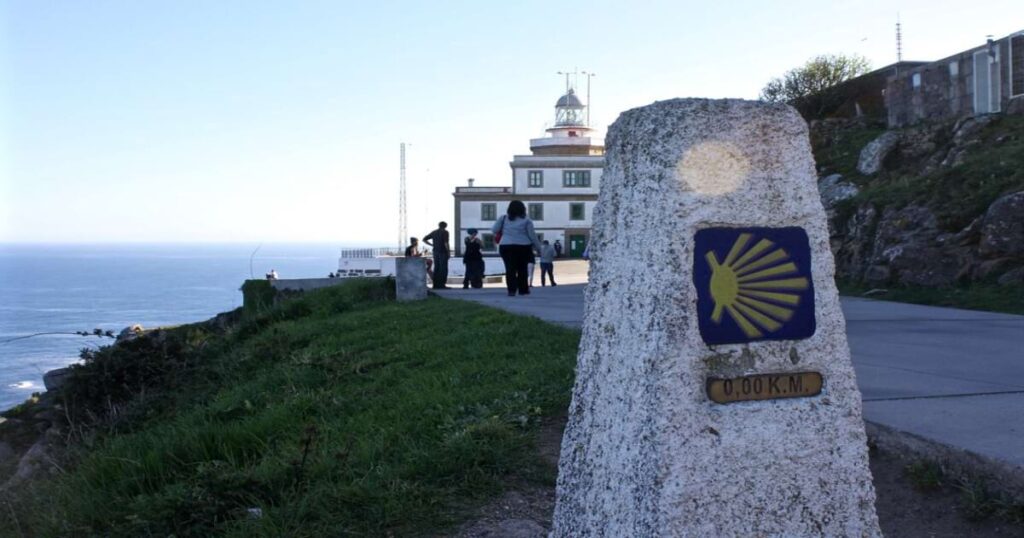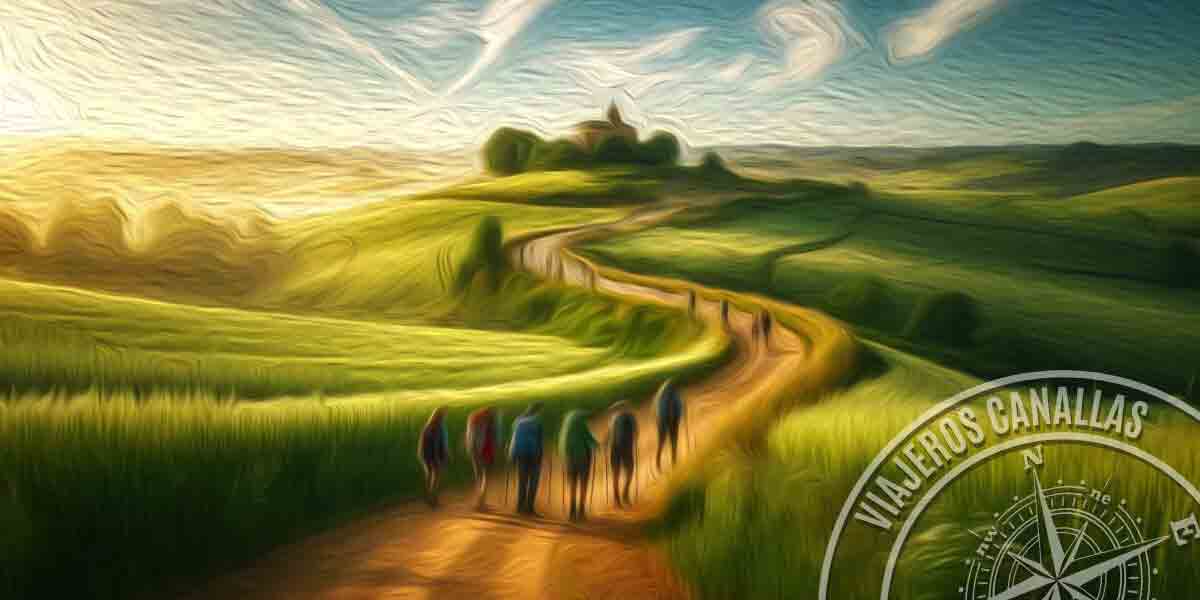We tell you twelve curiosities about the Way of St. James
The Camino de Santiago is a fascinating route with a rich history and many interesting curiosities. You will never go to bed without knowing one more curiosity! In this post we will show you some of them that you probably did not know.

1. The remains of the apostle
The French Camino de Santiago has its roots in the legend of the tomb of the Apostle St. James in the Cathedral of Santiago de Compostela. It is said that the remains of the apostle were taken there by his disciples after his death in Jerusalem.
2. The Way of the Stars:
The Milky Way, also known as the Way of the Stars, is an important element of the Way of St. James. Compostela comes from the Latin Campus Stellae, meaning "field of stars". According to tradition, pilgrims followed the stars to reach their destination, guided by the light of the Milky Way.
3. Varied routes:
Although the French Way is the most popular route, there are several different routes that converge in Santiago de Compostela, each with its own charm and challenges. There are several routes starting in France, Portugal and Spain.
4. Starting points of the Way of Saint James
In the past, pilgrims on the Camino de Santiago started from their homes; they left from the door of their own homes.
5. Compostela and the credential:
To receive the Compostela, pilgrims must travel at least 100 km on foot or on horseback, or 200 km by bicycle to Santiago de Compostela. To prove their journey they should carry the credentials with the stamps they have put on them in hostels, churches and other places along the way.
6. La Cruz de Ferro:
Located at the top of Foncebadón, in León, the Cruz de Ferro is a prominent point on the Camino de Santiago. Pilgrims place stones brought from their places of origin as a symbol of leaving behind their burdens and worries.
7. The Rooster of Barcelos:
In the Portuguese town of Barcelos, pilgrims on the Portuguese Way often encounter the Portuguese national symbol, the Gallo de Barcelos. According to legend, an innocent pilgrim was unjustly accused of theft and, before being executed, asked to meet the judge. On his way to the trial, he saw a roasted rooster and exclaimed that he would prove his innocence. Finally, the judge arrived at the place of execution just in time to prevent the execution of the innocent pilgrim.
8. Hospitals on the Camino:
Along the route, pilgrims will find hostels called "albergues". "hospitals"Historically, they were places where free accommodation and medical care were provided to walkers. Today, these hostels are essential for today's pilgrims.
9. The botafumeiro:
In the Cathedral of Santiago, pilgrims can witness the impressive ceremony of the Botafumeiro, a huge censer that is swung from one side of the Cathedral to the other during certain special occasions. It weighs 53 kg and is 1.50 metres high; being a heavy object, it requires several people to pull it, known as the "tiraboleiros".The incense burner is a small incense burner, which pulls on the rope tied to the ceiling. Perhaps you didn't know, but the cost of the botafumeiro is 450 euros for a family group if they wish to fly the incense burner. The Botafumeiro was used to purify the bad smells in the Cathedral, as pilgrims spent the night there and it was used to clean the atmosphere; incense has many properties and among them are antiseptic.
10. Kilometre 0
Kilometre 0 is located under the high altar of the Cathedral of Santiago, specifically at the tomb of the St. James the Apostle. But it is not only there, you will also find kilometre 0 in Finisterre, a magical place and for many the true end of the Camino de Santiago.
11. Galician queimada:
An interesting Galician tradition is the ritual of the Galician queimada. It is an alcoholic drink (aguardiente) prepared with sugar, coffee beans and other spices, which is lit before drinking. A "conxuro" is read in order to ward off evil spirits and it is attributed with the power to ward off meigas and purify the person who drinks it.
12. Evolution of the pilgrimage:
The Camino de Santiago has evolved over the centuries from a purely religious route to a spiritual, cultural and sporting experience that attracts people of all ages and nationalities.
Conclusions
As you can see, the Camino de Santiago is much more than a route pilgrimage; it is a journey that transcends the physical and becomes an enriching experience full of fascinating curiosities. From its rich history to the legends that surround it, the Camino becomes an inner journey that leaves its mark. Bon camino!
